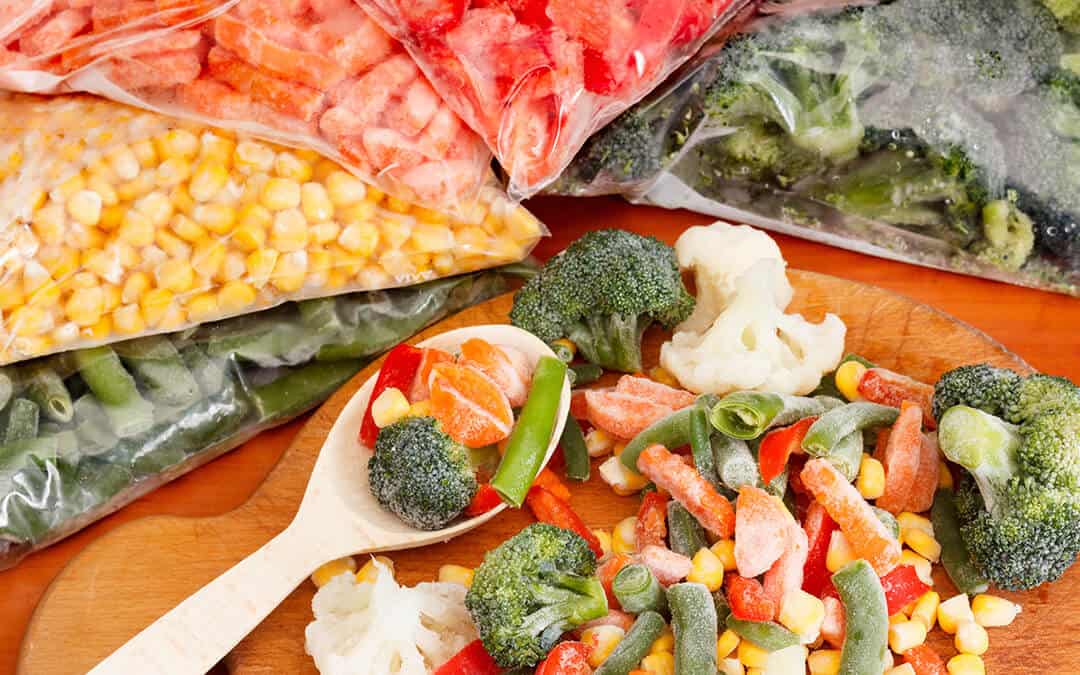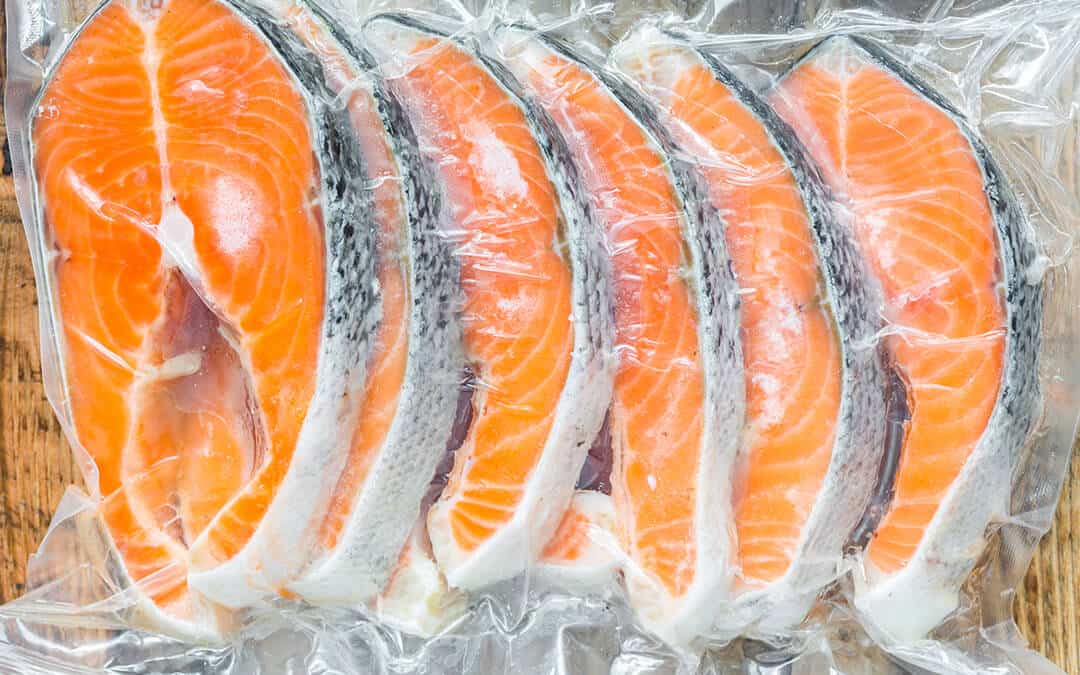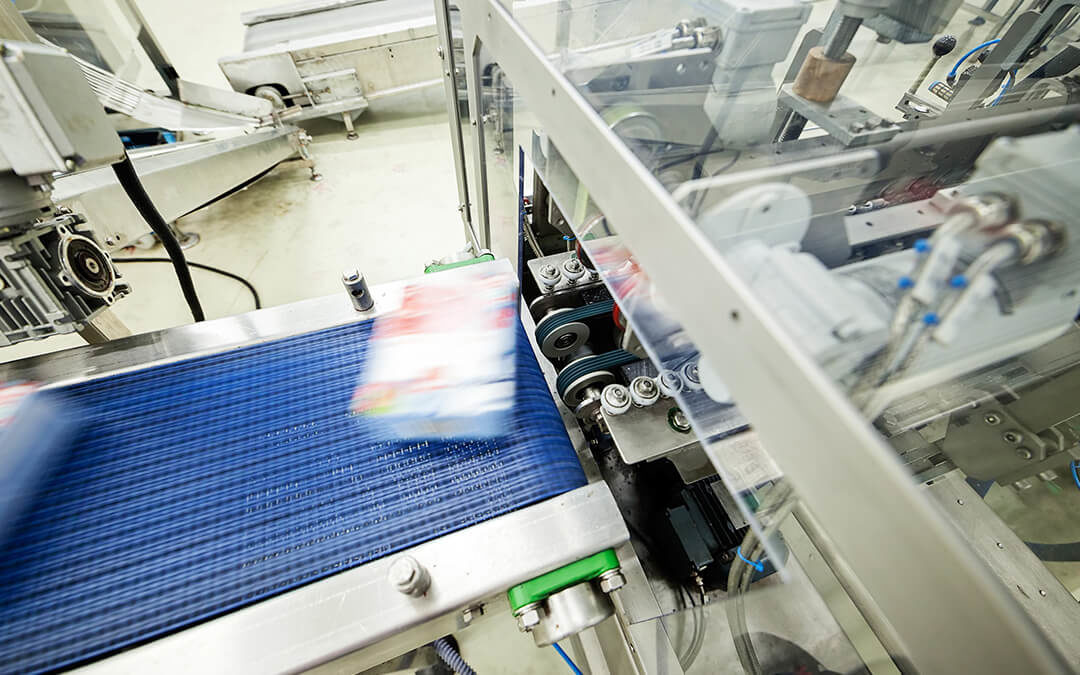There is good science behind safe food. Food microbiology provides much of the science behind the important food packing process known as reduced oxygen packaging (ROP). This technique, if done right — and following the proper protocols and procedures — can extend the shelf life of food products and ensure the safety of the consumers who purchase the products.

What Is Reduced Oxygen Packaging?
In the context of food processing, there are two types of environments: aerobic and anaerobic. In an anaerobic environment there is no oxygen, while in an aerobic environment, there is oxygen.
Reduced oxygen packaging is a process1 that “creates an environment with low oxygen that prevents the growth of aerobic bacteria, yeast, molds.”
What Are Types of Reduced Oxygen Packaging?
Vacuum packaging is one example of reduced oxygen packaging. Other popular examples include controlled atmosphere packaging, cook/chill process, sous vide process and modified atmosphere packaging.

What Are the Benefits of Reduced Oxygen Packaging?
One of the main benefits of ROP include the prevention of microorganisms that spoil foods. These microorganisms are largely responsible for the strange slime, texture, odors, and other forms of spoilage that consumers often encounter. According to the University of Nebraska–Lincoln and Lincoln Lancaster County Health Department2, some of the main benefits of ROP include, but are not limited to, the following:
- Extended shelf life of food
- Elimination of contamination risk during storage
- Reduced aerobic bacterial growth
- Prevention of chemical reactions that produce off odors and color change
- Reduced fat oxidation and rancidity
Consumer Safety Comes First
The following are misconceptions detailed by the Lincoln Lancaster County Health Department3 that the food packing industry must take into consideration when educating its consumers and public:
Misconception 1: Sealing food in vacuum packs eliminates the need to handle it properly.
Misconception 2: Vacuum seal kills bacteria.
Misconception 3: Vacuum packaging automatically makes food safe and eliminates the need to take precautions.
All states that oversee food packing industries have both state and local regulations to monitor important criteria and variables required for the safe packing of food such as different temperature, time controls for different foods and more. Consumers can be assured that these regulatory guidelines and bodies provide a check and balance for the safe processing of foods that are used by consumers.
To learn more about CalOx’s products and services, contact us today.
